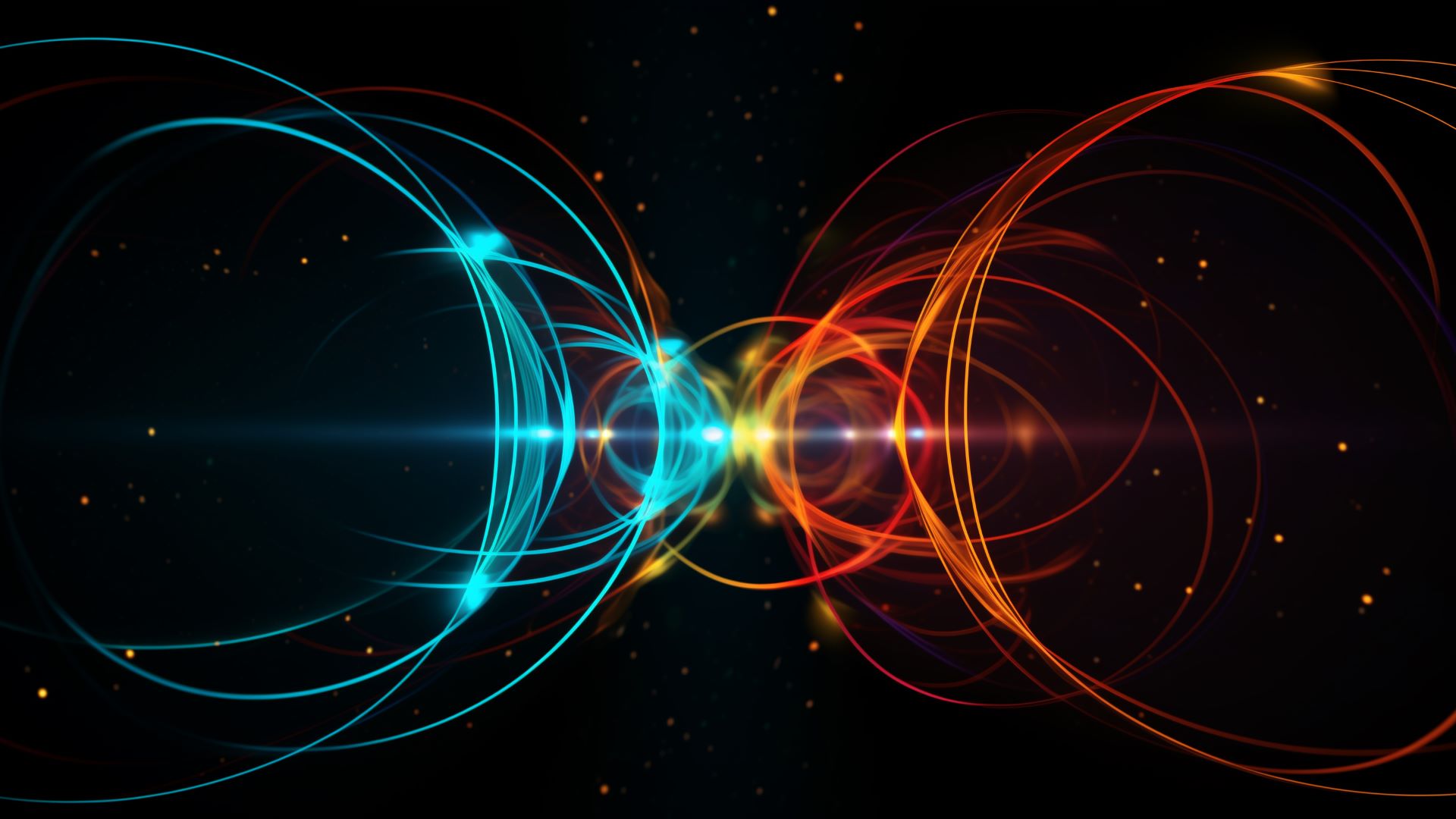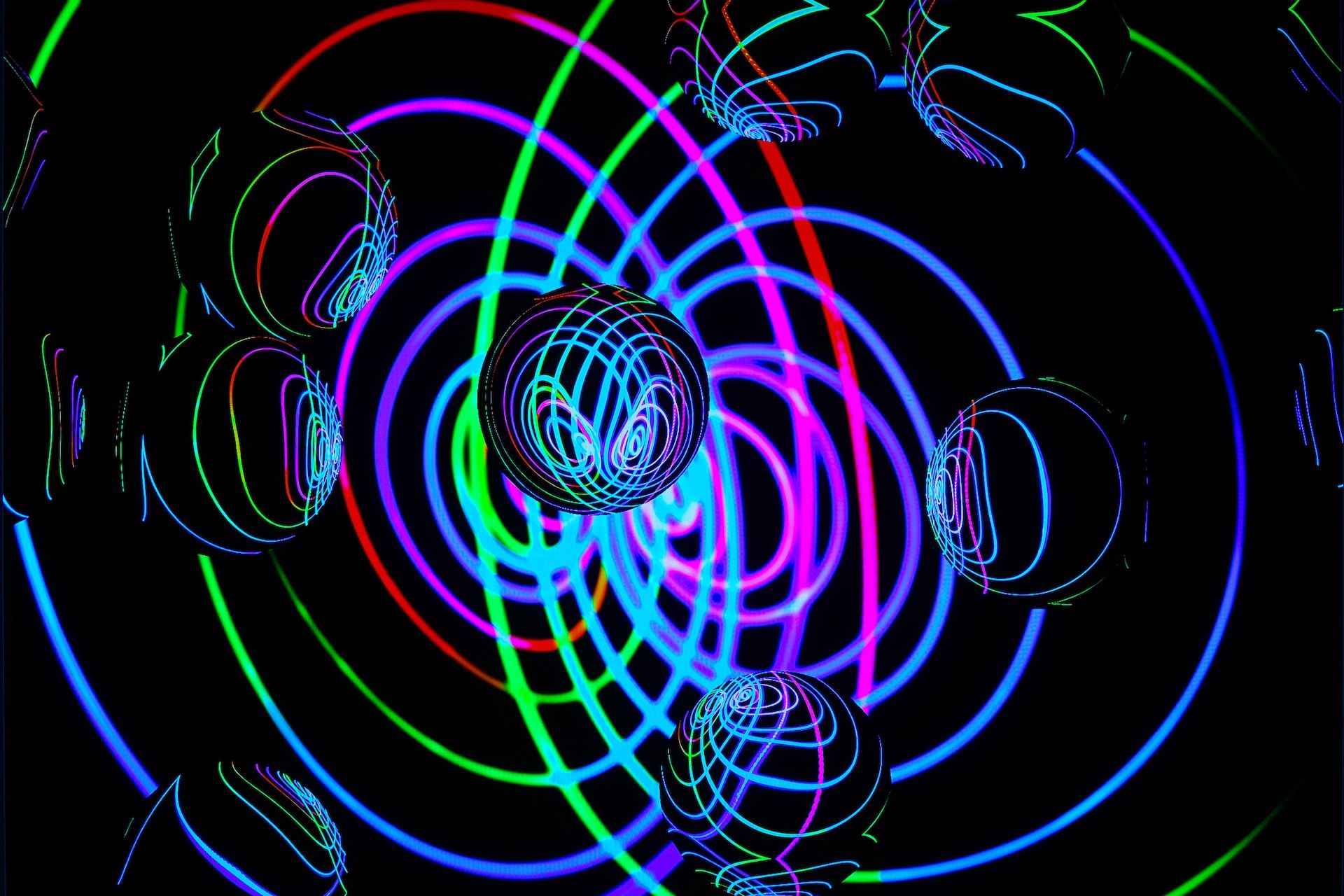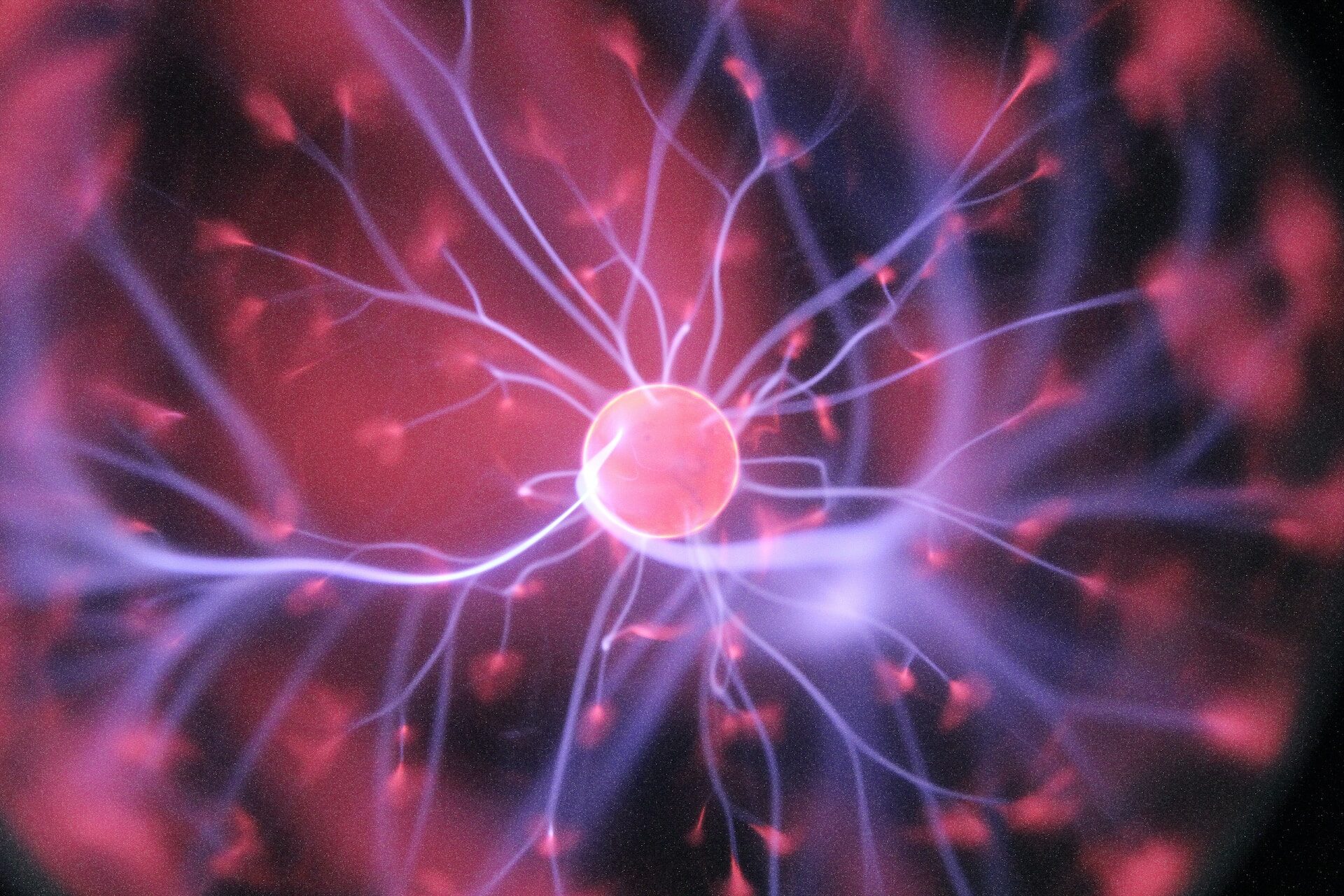
Celebrating Stephen Hawking’s Amazing Contributions to Astronomy
January 14, 2020 - Emily Newton
Revolutionized is reader-supported. When you buy through links on our site, we may earn an affiliate commision. Learn more here.
For many, Stephen Hawking is a household name. Most people know who he was, would recognize a picture of him and may even be aware he was a scientist. However, most don’t realize he is responsible for much of our understanding of the universe around us. Let’s take a closer look at the man, the myth and the legend. Who was Hawking? What are the best-known Stephen Hawking contributions, and what were his most notable achievements?
A Lecture and Inspiration
Young Hawking’s life was much like many who grew up in the shadow of World War II. Born in 1942, he went to school, eventually graduating from Oxford in 1962 with the equivalent of a bachelor’s degree. After getting bored with studying sunspots at Oxford’s observatory, Hawking moved on to Cambridge, and that’s where our story begins in earnest.
In 1965, Hawking attended a lecture by a mathematician named Roger Penrose. Penrose had that same year published a paper on space-time singularities where the laws of physics stopped working. The presentation lit a fire under Hawking. He began to study theoretical astronomy and cosmology with renewed fervor, while dealing with a diagnosis of amyotrophic lateral sclerosis. Nothing could hold him back. The focus of his studies? Black holes and other interstellar singularities.
Thermodynamics and Black Holes
The second law of thermodynamics states, “In all energy exchanges, if no energy enters or leaves the system, the potential energy of the state will always be less than that of the initial state.” This phenomenon, also called entropy, essentially means that if you don’t have an input, eventually a system will fade away because it won’t have a source to draw from. Entropy and black holes don’t work together because you can’t have entropy without radiation.
At the time, astronomers believed black holes didn’t radiate any energy, instead consuming everything that came their way. Stephen Hawking is best known for showing us that black holes emitted radiation by crunching the numbers and applying the second law of thermodynamics. This radiation came in the form of subatomic particle pairs that could become singular particles after getting ejected from the black hole’s event horizon.
While we haven’t spotted it yet, this theoretical emission from singularities has been named Hawking radiation. Early in 2019, scientists managed to create Hawking radiation in a lab. While they didn’t attempt to create a singularity in laboratory conditions — thank goodness! — they were able to crunch the numbers and use photons and a custom fiber-optic setup designed by physicist Ulf Leonhardt.
The Birth of Galaxies
In the early 1980s, Hawking began looking at the Big Bang theory. More specifically, how the new universe, after its explosive entrance, expanded and, in turn, started to form galaxies. He was one of the first to look at the Big Bang as the tool for spreading the seeds of galaxies, allowing them to develop and grow. Hawking theorized that, instead of inflating at a steady rate, slight irregularities known as quantum fluctuations would allow the expansion of the universe to slow just enough for galaxies to take shape.
Without these irregularities, it’s entirely possible that the galaxies we know today never would have formed — or would have formed so far apart that we could never hope to see them, let alone to travel to them once we manage to move beyond our galaxy. Beyond the edge of the Milky Way, there are thousands of light-years to travel between galaxies. Yet, they’re closer than they would have been without those quantum fluctuations. Hawking was one of the first to look back far enough to see where the universe came from and why it looks the way it does.
No Big Bang?
Scientists have all generally come to agree that the universe, as we know it, started during the Big Bang — the massive explosion 13.8 billion years ago that shaped everything we know. But what happened before that? Scientists can agree a massive explosion started it all. Yet, no one can agree on what happened before that, or what created the ball of energy that exploded in the first place.
In a speech in 1983, Hawking proposed that there was no beginning of time, and no end either. “There ought to be something very special at about the boundary conditions of the universe, and what can be more special than the condition that there is no boundary?” He also compared the act of asking what came before the universe or what comes after to asking what lies south of the South Pole. Scientists are still debating this theory more than 30 years later.
The Theory of Everything
The Theory of Everything isn’t only the name of Hawking’s biopic, starring Eddie Redmayne as the titular character. It’s an idea Hawking hopes humanity will discover. — The ideology explains all the physical aspects of our universe, uniting quantum theory and Einstein’s theory of general relativity. This perfect Theory of Everything could help us understand the universe around us, something we’re struggling to do even today.
In 2010, Hawking admitted that humanity might never find one single expansive Theory of Everything, but it is nice to dream of a skeleton key to physics.
The Future of Astronomy
Hawking is easily one of the most accomplished physicists and astronomers of the modern age. He found time fascinating, arguing that time travel into the past was impossible according to the laws of physics, which meant — in his words — that “the world was safe for historians.
“He all but disproved Einstein’s theory that nothing can escape from a black hole, earning him a radioactive namesake that scientists were recently able to replicate in a lab setting. That sparked another controversy, one we’re still debating today, nearly 44 years after his discovery, as to whether or not black holes destroy any information they consume when they fade away.
It’s been over a year since Hawking passed away, and physicists are still debating the things he discovered during his lifetime. He saw the universe in a way none of us may ever comprehend. We’ll be grateful for the many Stephen Hawking contributions to astronomy until the human race ends, or the universe does — whichever comes first.
Revolutionized is reader-supported. When you buy through links on our site, we may earn an affiliate commision. Learn more here.
Author
Emily Newton
Emily Newton is a technology and industrial journalist and the Editor in Chief of Revolutionized. She manages the sites publishing schedule, SEO optimization and content strategy. Emily enjoys writing and researching articles about how technology is changing every industry. When she isn't working, Emily enjoys playing video games or curling up with a good book.




